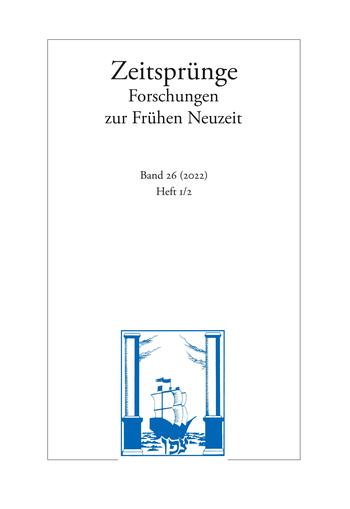Im Netzwerk rhetorischer Sympathien. Daniel Schwenters 'steganologischer' Telegraph
Sergius Kodera – 2022
This article explores an (impracticable) recipe for a 'steganographic' telegraph (actually two synchronized mariner's compasses that were synchronized with the power of exotic stones). This 'secret' was published severals times during the first decades of the seventeenth century. Its author, Daniel Schwenter (1585–1636), was a professor of oriental languages at the university of Altdorf, Germany. The contribution explores how Schwenter's instructions for building and using his invention resonate with an influential environment of contemporary texts that theorize magnetic phenomena. The fanciful 'secret' echoed a set of ideas that imbricated the mysterious powers of the loadstone, learned magic, Paracelsian Medicine, Lullism, and communication in ciphers. This is particularly true of J. B. van Helmont's (1577–1644) De magnetica vulnerum curatione (publ. 1621). The analysis shows how Schwenter's recipe could create an impression of verisimilituo in contemporary readers, because it was in the published in the context of these traditions and also because it employed a characteristic a rhetorical structure. In our case, these resonances are condensed in a particular literary form. The reconstruction of the environment of Schwenter's recipe becomes thus an instructive example of characteristic early modern entanglements between scientific and literary imaginary.
How to cite:
Sergius Kodera. "Im Netzwerk rhetorischer Sympathien. Daniel Schwenters 'steganologischer' Telegraph." Zeitsprünge – Forschungen zur Frühen Neuzeit 26, no. 1–2 (2022): 128–57. https://doi.org./10.3196/2751515x22261266.
